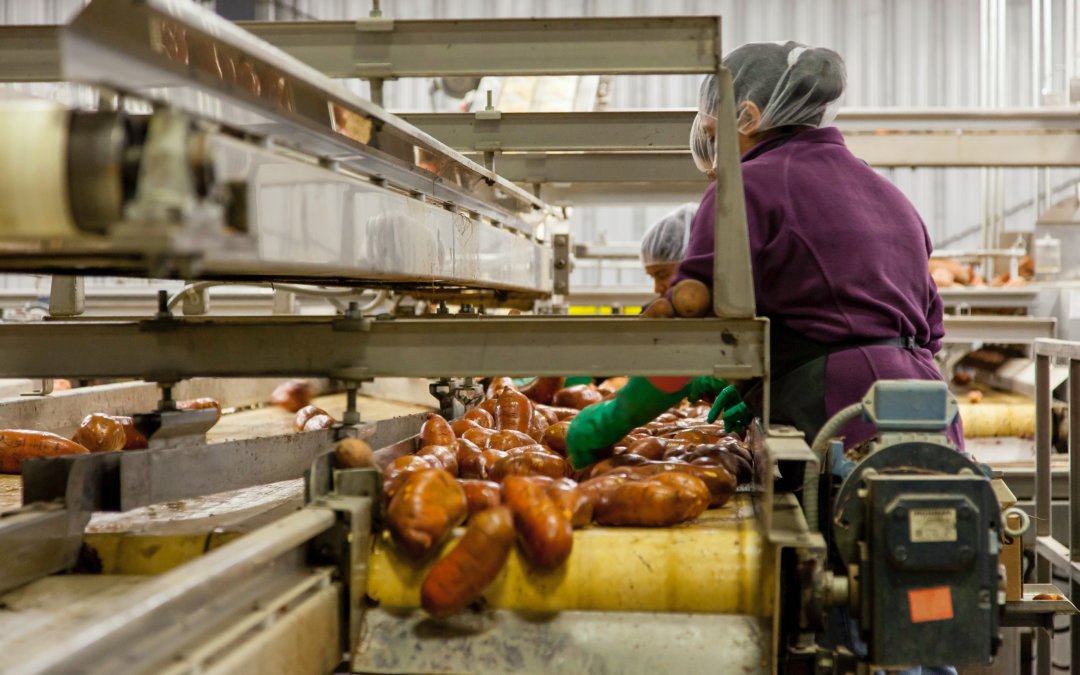Naturally, food attracts pests. Pests have an instinctive drive to find and follow food sources, making food processing and manufacturing plants, food warehouses and distribution centers, grocery stores, and food retailers all vulnerable targets for infestation.
An infestation of Stored Product Pests can happen quickly. These pests rapidly move throughout buildings destroying products that can potentially cause long-term damage to machinery. Consequently, this causes food safety threats, loss of inventory, and costly downtime. To avoid this, it is important to be prepared with a tool on hand. Today, we will share how Cryonite can be a vital tool while combating pests in the food industry.
How Can You Control Stored Product Pests With Cryonite?
Cryonite is a simple yet innovative concept. The Cryonite System includes a lance that sprays -110-degree F dry ice. The dry ice instantly sucks heat from insects, killing them on contact.
Through laboratory and field studies, Cryonite has proven a lethal weapon while combating stored product pests. We have significant results in the mortality of stored product pests, including beetles, moths, and mites. A few works of these studies include:
- Flour Beetles (Tribolium spp) and Moths: A variety of tests have been performed to eliminate flour beetles, Tribolium spp), and various species of moths. All the tests demonstrated effective results in the mortality of tested beetles and moths.
- Sawtoothed Grain Beetles (Oryzaephilus surinamensis); Cigarette Beetles (Lasioderma serricorne): A bread oven infested with sawtoothed grain beetles, Oryzaephilus surinamensis, and cigarette beetles, Lasioderma serricorne, were treated with Cryonite. The insects were located in lumps of bread crumbs underneath the oven. The test resulted in a significant reduction in beetles despite new raw material continuously flowing through the factory.
- Poultry Mites (Dermanyssus gallinae): Cryonite proved highly effective in controlling poultry mites in poultry houses. Treatment with Cryonite was significantly more effective than treatment with insecticides commonly used to control poultry mites.
- Indian Meal Moths (Plodia interpunctella): In the packaging room of a large potato processing plant, larvae of Indian Meal Moths (Plodia interpunctella) were found. Cleaning alone failed to eliminate all of the moth larvae in the room, so Cryonite was applied to all areas of activity. The treatment resulting in total mortality of larvae present, and after two weeks, the room was still free of larvae and adult moths.
You can read more about those studies here. It is important to note that the C02 snow will leave no pesticides, residues, or machinery damage, allowing you to incorporate it as part of food facilities’ general hygiene protocols.
How to Use Cryonite to Control Stored Product Pests
Fast response and stopping power are some of the most beneficial aspects of Cryonite. Anyone in the food industry knows, having a well-built pest management response plan is essential to your business’s success. However, it is just as important to plan to prevent these pests as well. Cryonite is a tool that plays an integral part in both of these. Using Cryonite as a tool to monitor insect activity and regularly treat areas allows you to prevent unplanned shut-downs and maintain the highest hygiene levels.
Unlike other pest control methods, Cryonite uses no pesticides. Our non-toxic formula allows your hygiene staff to train to use Cryonite as a tool of ongoing control and be the first line of defense against infestations. Here are a few ways to use this versatile tool.
Use the Cryonite Treatment As Part of Planned Maintenance & Cleaning
Using Cryonite on an ongoing basis to treat potential harbourages ensures that insects are killed. Any on-site hygiene staff that has received proper training can frequently treat areas with Cryonite. The CO2 snow spray also acts as a hygiene treatment itself – aiding the cleaning process and reducing pesticide use. The CO2 snow pressure provides cleaning of cracks and crevices, dislodging food residues, and clearing webbing. This process can remove build-ups of waste, which can act as breeding grounds for stored product pests.
Routinely cleaning, inspecting, and using pheromone monitors are other effective ways to catch pests quickly.
Use Cryonite as First Response to Control Stored Product Pests
If, while monitoring, you detect a localized flare-up of pests, the Cryonite treatment can quickly kill all stages of the pest’s life-cycle in the area. Having a tool that provides immediate response effectively prevents pests’ spread, resulting in costly shut-downs or evacuations.
Where to Use Cryonite
Cryonite is a pesticide-free, dry treatment that makes it a very safe and versatile pest control method. Safely apply the treatment on almost all surfaces, including:
- Production machinery & equipment
- Pipes, ducts, and electrical conduits
- Wall cavities & voids
- Drainage areas without standing water
To note, there are only a few areas where we would recommend taking extreme care with Cryonite. These areas include spraying directly onto printed circuit boards, plasma screens, or sensitive microswitches, where the extreme cold and condensation may cause problems.
Advantages of Using Cryonite
As you can see, there are many advantages to owning a Cryonite system, including:
- Avoid Infestations: Regular preventative treatment is available without using pesticides.
- Respond Immediately: Cryonite is safe and easy to use for on-site hygiene staff. Immediately respond with the Cryonite system without the need to shut down machinery or evacuate staff.
- Save Money: Treatment by on-site hygiene staff minimizes cost.
- Non-toxic: Completely pesticide-free system.
- Improves Pest Management: By involving your staff in the pest control process, you increase overall awareness.
Would you like to learn more about how Cryonite works? Contact us to talk to a pest control specialist for more information.

